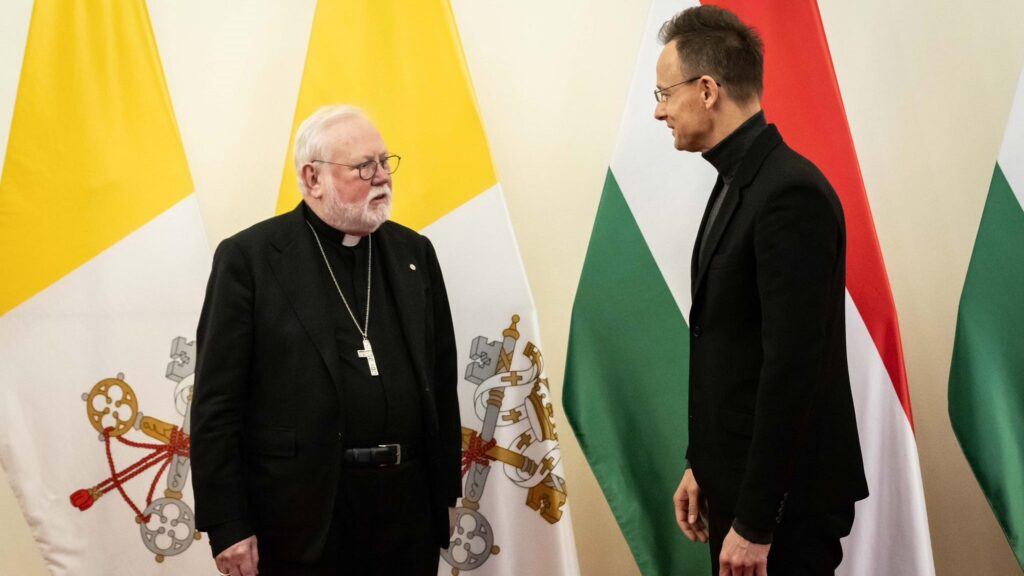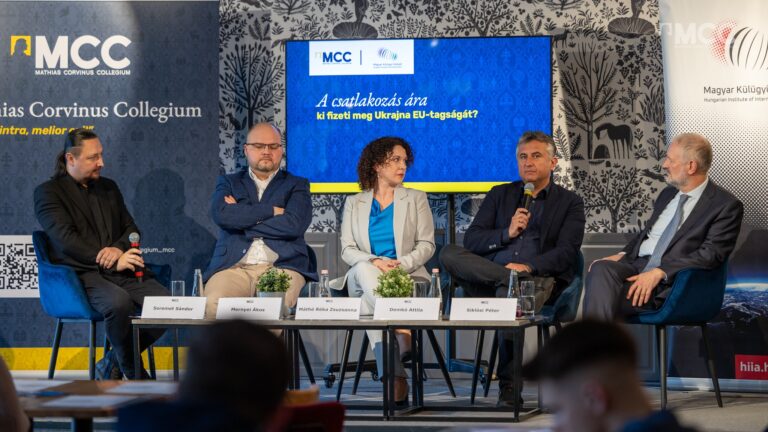Between 2009 and 2011 the Day of the Hungarian Language was celebrated on 23 April, but since 2011 this day is marked on 13 November. The date was deemed more appropriate to honour the Hungarian language as it was on this day in 1844 that Hungarian became the official language of the country. As a result of the legislation passed on this day 178 years ago, the working language of the National Assembly became Hungarian, and ever since all speeches in the parliament and all laws are formulated in Hungarian. Before 1844 the official language of the country was Latin—in fact, Hungary was one of the last countries in Europe to abandon the use of Latin in official communication.
The Hungarian language was accepted as the official language of the country after decades of political struggle. The language question became subject to political controversies in 1784 when Joseph II (1741–1790) instituted German as the working language of the administration (replacing Latin). Albeit much of the Hungarian aristocracy spoke German at the time, the decision that imposed the German language on Hungary was met with great outrage—Latin was demanded to be reinstated. Eventually, German was used in the administration only for a couple of years, and after the death of the king, six years after the introduction of the language law, Latin became again the official language. While Latin officially regained its status as the language of the administration, from this point on the Hungarian language also started to play a greater role in the political life of the country. The anger over Joseph’s decision had set into motion a campaign to modernise the Hungarian language, with the objective of ultimately making it the official language of the country.
Gradually, from the 1800s, the Hungarian language was introduced into the country’s bureaucratic administration. From 1805 on laws were written on two languages (Latin and Hungarian) and local level administrative units could opt for using Hungarian instead of Latin. In 1830 the use of Hungarian was introduced in the court system, while from 1836 on marriage, birth, and death certificates were issued in Hungarian. From these years on, only those were allowed to fill certain positions (e.g., to be lawyers or priests) who spoke Hungarian. As a final step in the process of elevating the Hungarian language to being the official language of the country, in 1844 the national Assembly also adopted Hungarian. From this point on, the parliament and the king also used Hungarian in all official communication, and Hungarian became the language of education, too. Making Hungarian the official language of the country is the biggest achievement of the Reform Era.
In the process of becoming an official language, Hungarian also went through remarkable modernisation. A group of Hungarian intellectual realised that the Hungarian language needed to be modernised in order to make it suitable for academic use. Initiated by Ferenc Kazinczy (1759–1831,) revered author and reformer of the Hungarian language, the Language Reform movement modernised and regenerated the Hungarian language throughout the 19th century, creating new vocabulary to reflect the complexities of a rapidly changing world. Thanks to the work of the language reformers, more than ten thousand new Hungarian words were coined, many of which are still in use. Overall, the work of the language reformers lay the foundations of the modern Hungarian language as it is known today, advanced enough to be used in the public, literary and scientific sphere alike. Thanks to dedicated patriots like Kazinczy, the Hungarian language survived and thrives, with around 15 million people around the world speaking it. In Europe, Hungarian is the 12th most widely spoken language, while globally it is the 80th. The Day of the Hungarian Language is marked not only in Hungary, but also in a number of neighbouring countries with a sizable ethnic Hungarian population.








